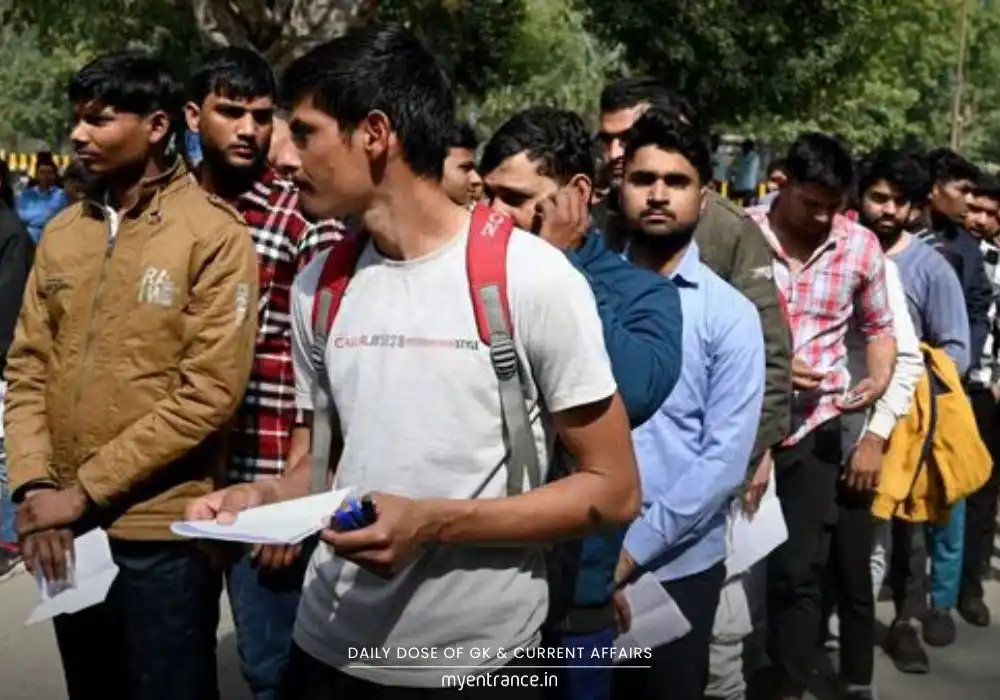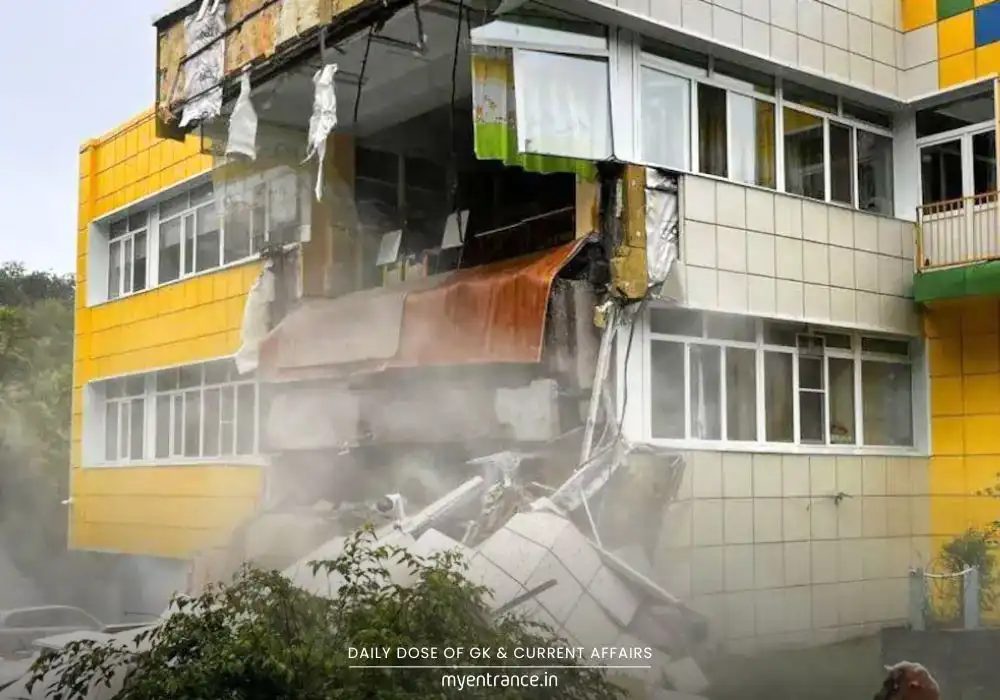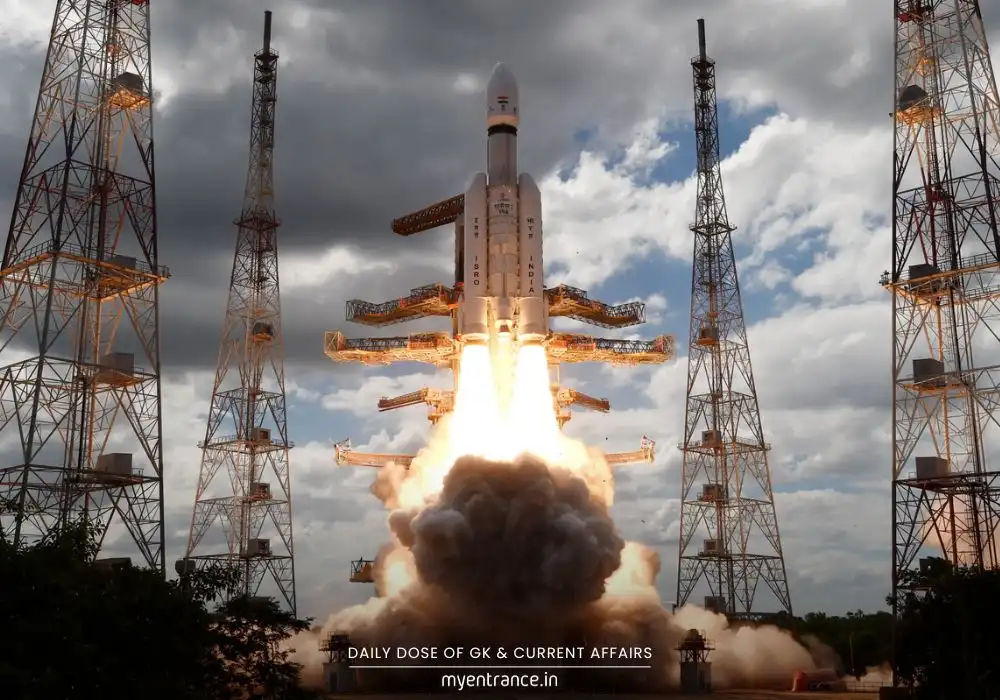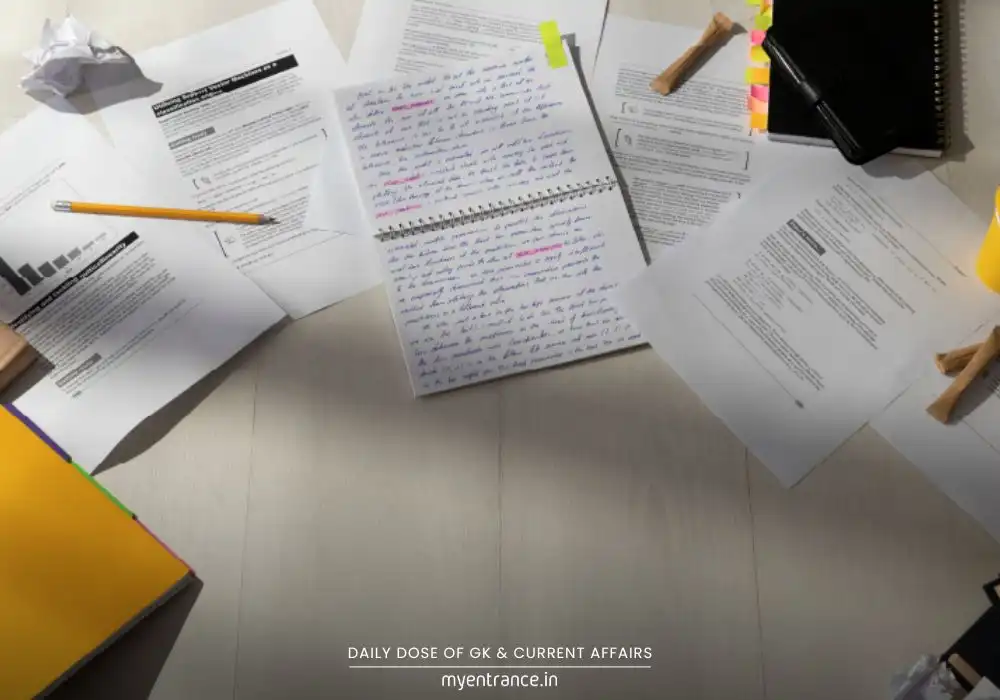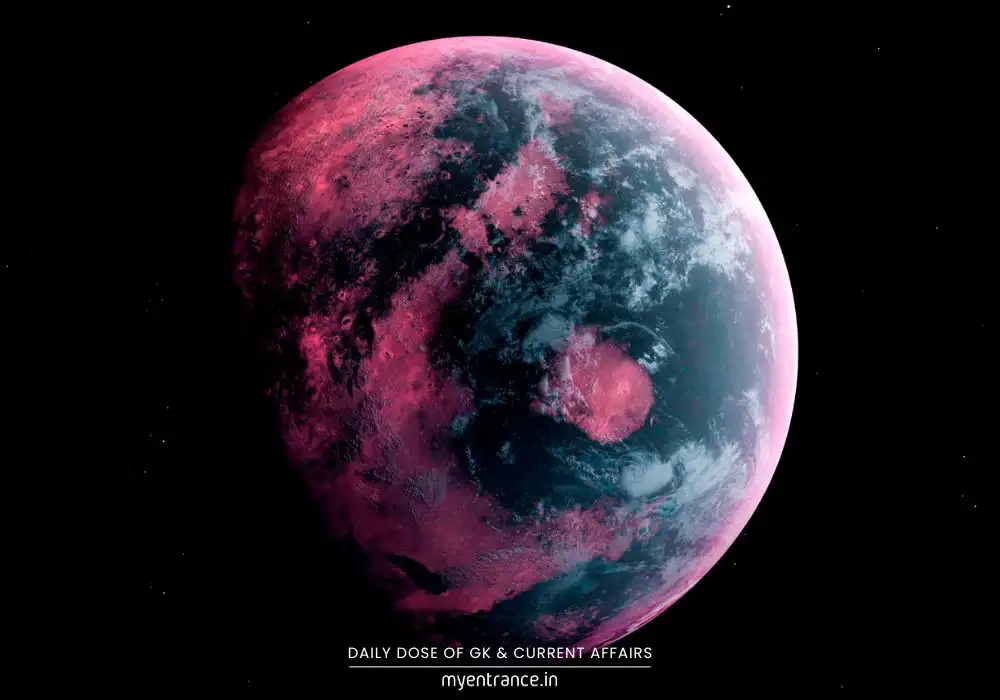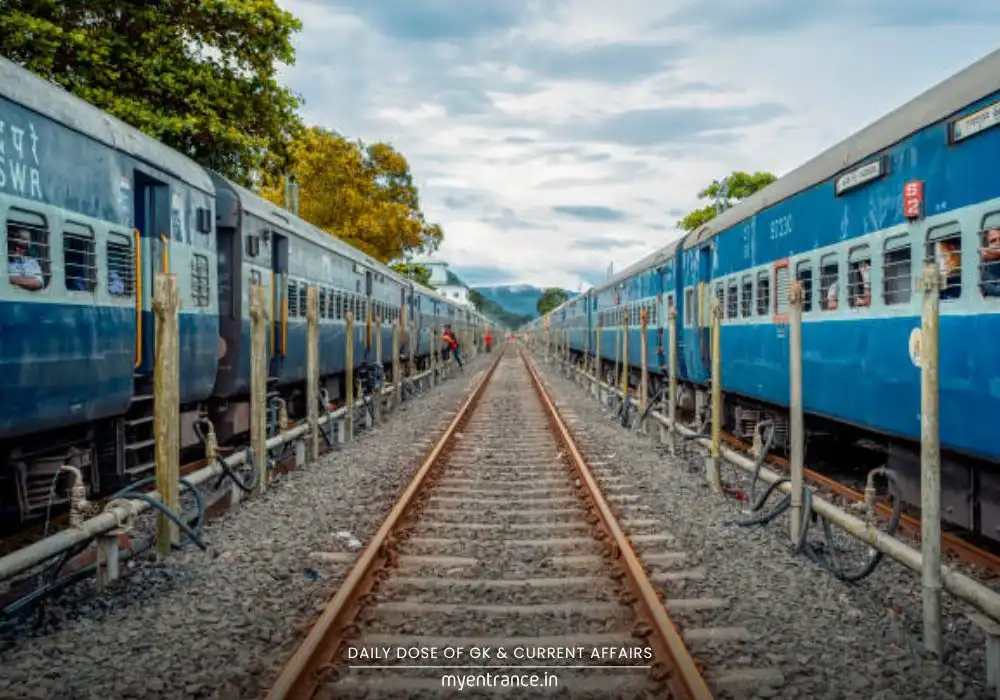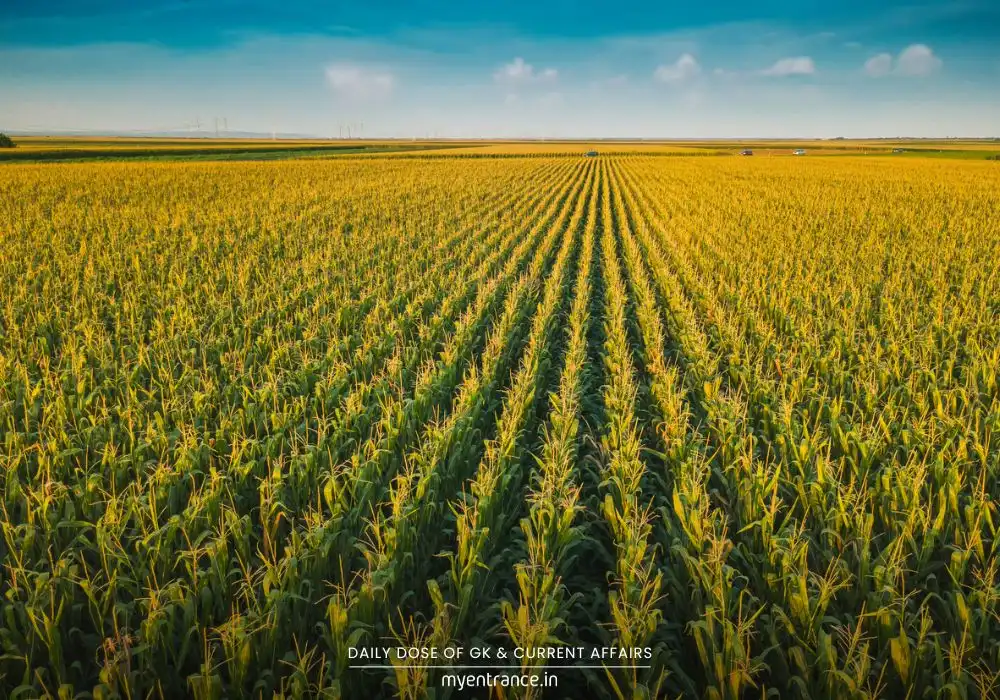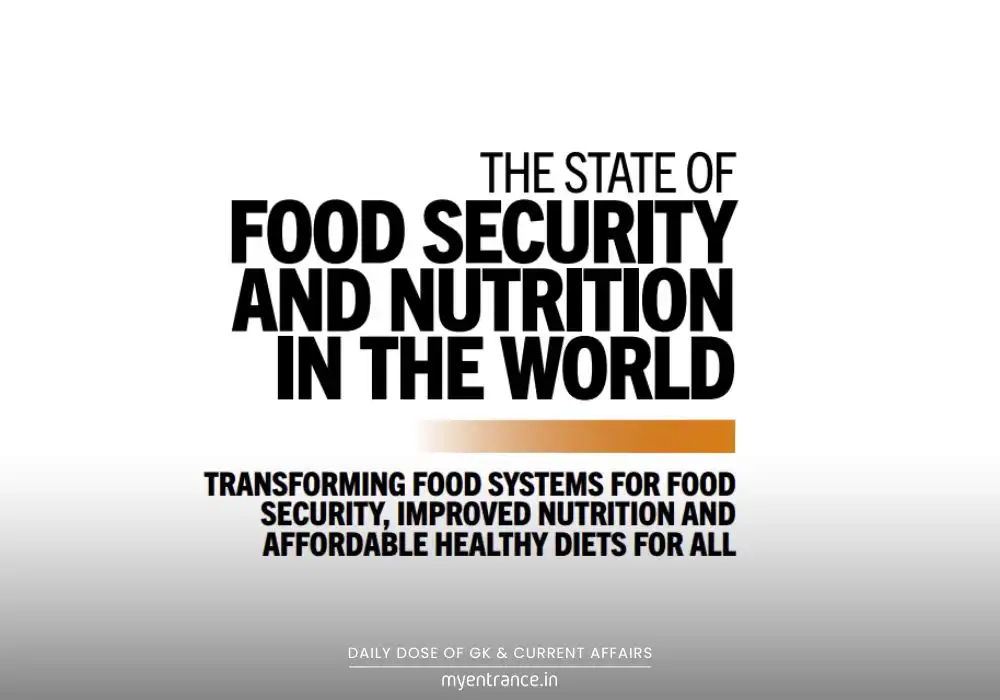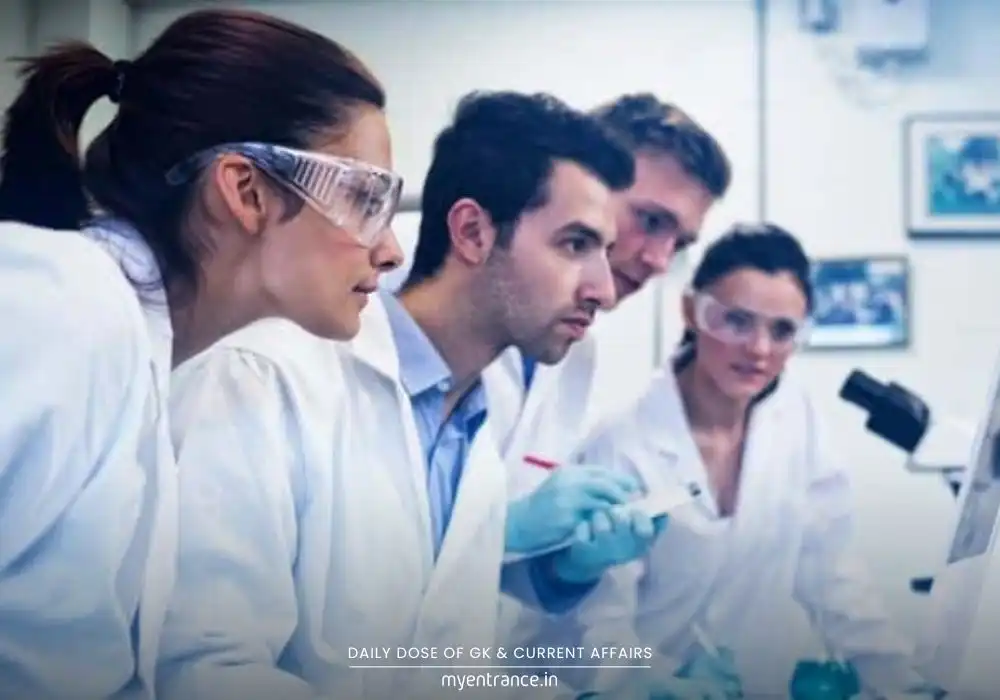Translate Language
India-UK FTA: Gold Standard Deal or Carbon Tax Battle? Key Insights for UPSC Aspirant
The India-UK Free Trade Agreement marks a strategic shift in India’s trade policy, offering new opportunities while safeguarding sensitive sectors. With Commerce Minister Piyush Goyal calling it a “gold standard” deal, this pact faces challenges from the UK’s upcoming carbon tax. Understanding this agreement is crucial for exams like UPSC and SSC covering international relations.

India’s Commerce Minister Piyush Goyal recently championed the India-UK Free Trade Agreement (FTA) as a potential “gold standard” for future trade deals. This landmark agreement opens doors for Indian exports like textiles, footwear, and gems while protecting vulnerable sectors such as dairy, rice, and sugar.
However, a cloud looms with the UK’s Carbon Border Adjustment Mechanism (CBAM), set for 2027. This carbon tax could undermine tariff benefits for Indian manufacturers. Goyal issued a firm warning: India will retaliate proportionally if CBAM harms its interests.
Key Developments:
Critical Minerals Collaboration: A new UK-India Critical Minerals Guild will boost innovation in tech sectors like AI and semiconductors.
Textile Sector Reality Check: Despite tariff eliminations (4-12%), Indian exporters face stiff competition in the UK from Vietnam, Bangladesh (20% market share), and Turkey.
Global Pushback: CBAM faces opposition even within the EU due to potential cost hikes.
WTO Framework: Disputes may be resolved through WTO channels, emphasizing multilateral solutions.
India’s shift from protectionism to strategic FTAs signals a major policy evolution. Yet, success hinges on navigating non-tariff barriers like CBAM and outpacing entrenched competitors.
Why This Matters for Exams:
Prelims (Current Affairs):
Direct questions on FTA terms, CBAM’s mechanism, or protected sectors.
International groupings involving India (e.g., Critical Minerals Guild).
Mains (GS Paper II):
Analyze FTAs as tools of diplomatic strategy.
Discuss carbon taxes as non-tariff barriers and India’s retaliation stance.
Evaluate challenges for labor-intensive sectors despite trade pacts.
Questions & Answers on India-UK FTA:
Q1. Which sectors are protected under the India-UK FTA?
Ans: Dairy, rice, and sugar—safeguarded from tariff concessions.
Q2. What is CBAM’s primary objective?
Ans: To impose import duties on goods produced with higher carbon emissions than EU standards, preventing “carbon leakage.”
Q3. Why might India’s textile exports struggle in the UK despite the FTA?
Ans: Competition from zero-duty players like Bangladesh (LDC status) and Turkey, which control 20% and 8% of the UK market, respectively.
Q4. Which initiative addresses critical mineral cooperation in the India-UK pact?
Ans: The UK-India Critical Minerals Guild, focusing on tech innovation and supply chain resilience.
Q5. How does Minister Goyal characterize the India-UK FTA?
Ans: As a “gold standard” agreement balancing opportunity with protection of sensitive interests.
Get 3 Months Free Access for SSC, PSC, NIFT & NID
Boost your exam prep!
Use offer code WELCOME28 to get 3 months free subscription. Start preparing today!
